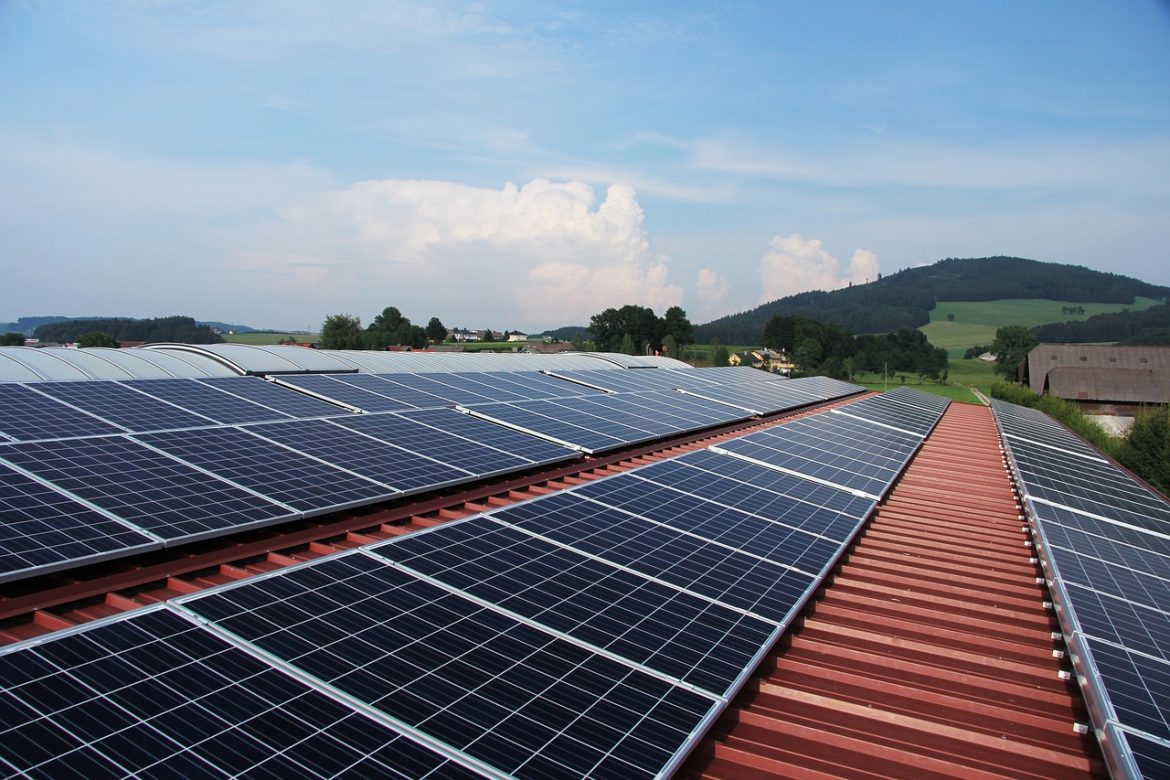The revolution is picking up pace. In the first two months of 2024, solar photovoltaic power — by far the most cost-effective source in areas with abundant resources — accounted for 9.87% of the electricity produced in mainland Spain, according to data from the Spanish Electricity Network (Red Eléctrica de España, REE). It has thus surpassed combined cycle plants — where electricity is generated by burning natural gas — becoming the fourth largest source of supply, trailing only behind wind power.
This marks a significant milestone in Spain’s energy landscape, showcasing a decisive shift towards renewable energy sources. Photovoltaic energy’s ascendancy during the winter months is particularly noteworthy, a period traditionally dominated by fossil fuels. This development not only highlights the growing efficiency and reliability of solar power but also its role in Spain’s commitment to reducing carbon emissions and combating climate change.
The top four production technologies are now emission-free and cover nearly 80% of total needs, including exports. This shift towards greener energy sources is a clear indication of Spain’s dedication to sustainability and its role as a leader in the transition to a cleaner energy future.
The increasing contribution of photovoltaic energy to Spain’s electricity mix is a testament to the country’s rich solar resources and its potential to harness solar power even during the less sunny winter months. This achievement is a result of sustained investments in solar technology, improvements in photovoltaic panels’ efficiency, and supportive government policies aimed at accelerating the adoption of renewable energy.
The rise of photovoltaic energy is part of a broader trend in Spain towards diversifying its energy sources and reducing its reliance on fossil fuels. With wind, hydroelectric, and nuclear energy already playing significant roles in the country’s energy mix, the addition of solar power strengthens Spain’s energy security and its ability to meet its environmental commitments.
As Spain continues to expand its renewable energy capacity, the role of photovoltaic power is expected to grow further, contributing to the country’s efforts to achieve carbon neutrality by 2050. This transition not only has environmental benefits but also economic ones, as it creates jobs, stimulates technological innovation, and reduces energy costs in the long term.
The progress of photovoltaic energy in Spain serves as an inspiring example for other countries looking to tap into their renewable energy potential. It demonstrates that with the right mix of policies, technology, and investment, transitioning to a sustainable energy system is not only possible but also beneficial for the environment, the economy, and society at large.
